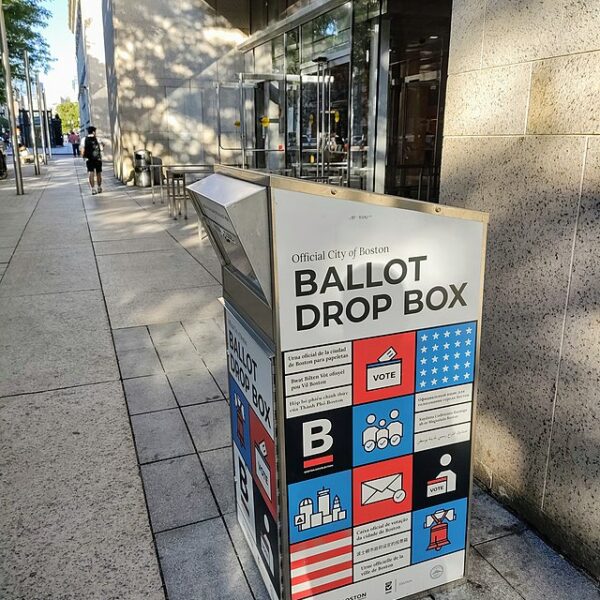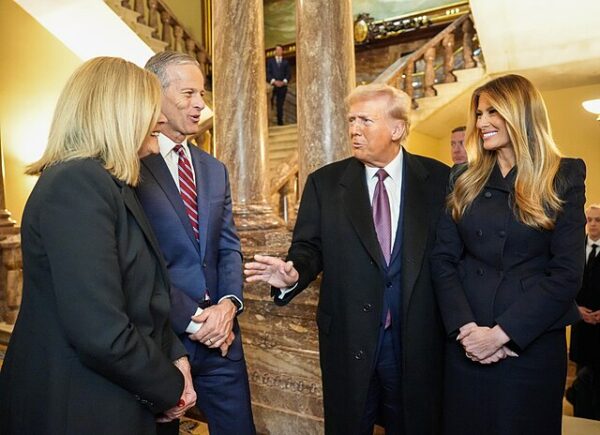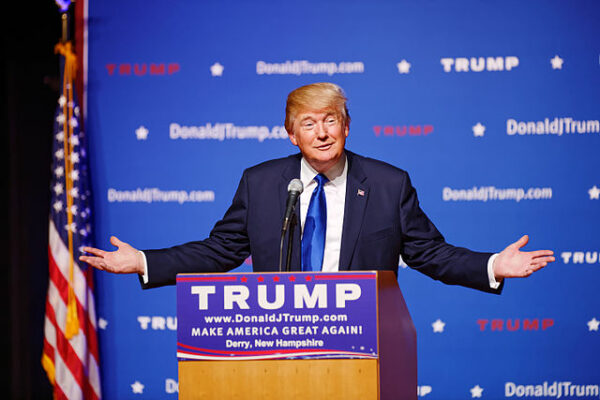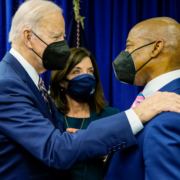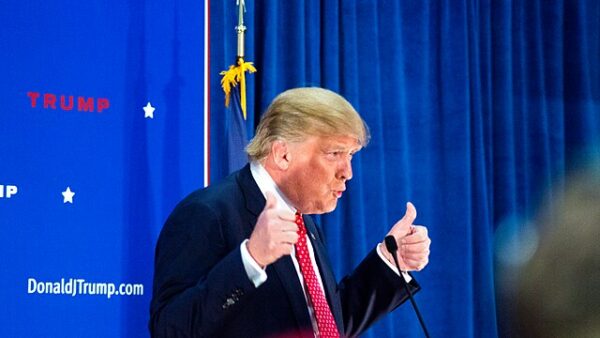
He refuses to be a lame duck. Less than three months into his second term, President Donald Trump is moving swiftly to secure Republican majorities in the 2026 midterms—determined to avoid the legislative gridlock and political vulnerability that defined his first four years.
Gone is the theory that losing the House could be politically useful—a foil to rally against, as it was for Bill Clinton in the 1990s, Politico writes.
He’s rolling out early endorsements in hopes of forestalling messy primary fights that could divert precious resources from the general election campaigns. He’s making recruitment calls and buttonholing other Republicans about how he can best use his political muscle. And he’s continuing to raise boatloads of money to shell out in 2026.
Trump’s midterm obsession is also hovering over Capitol Hill as GOP lawmakers try to write his sprawling domestic policy agenda into law. On issue after issue, Trump appears to sympathize with swing-district moderates — the “majority makers” whose races will decide the majority.
Trump and his aides have pushed back on steep cuts to Medicaid in part because the politics stink. They’ve given a wide berth to blue-state Republicans who are pushing to raise the cap on the deduction for state and local taxes — a policy Trump signed in 2017 that helped sink him in suburban districts a year later.
“We think we can have four years,” one Trump adviser told me, summing up the attitude inside the presidential political shop. “We reject the defeatist attitude of operating from the perspective that this is our only shot and we only got two years.”
Part of Trump’s midterm infatuation is his love of the game — reading polls, making endorsements, playing kingmaker and otherwise moving pieces around on the political chess board. He ticks off his won-loss record in congressional races and loves to go deep on the details of his own campaigns.
Losing the midterms in 2018 proved costly to Trump, seeing legislative paralysis, two impeachments, and a lost opportunity to consolidate power. With a third impeachment already being floated by House Democrats, Trump isn’t taking any chances.
In the Senate, Trump’s recruitment efforts have met more resistance. Both Chris Sununu and Brian Kemp declined entreaties to run in New Hampshire and Georgia, respectively. But even amid setbacks, his team is aggressively vetting alternatives—intent on denying Democrats a path to retake the upper chamber.
Fundraising, too, is being recalibrated. Unlike his first term, when Hill Republicans complained that Trump hoarded resources, his committees are now on track to raise nearly half a trillion dollars by mid-2025, much of it earmarked for competitive House and Senate races. “This isn’t about monuments or media projects,” said one senior aide. “It’s about keeping the majorities.”
Despite historical headwinds—the president’s party almost always suffers in midterms—Trump believes he can buck the trend. The 2022 cycle offered encouragement: President Biden lost fewer seats than expected, and today’s congressional map includes fewer competitive districts than in decades past. Yet Trump still faces hurdles, including sagging approval ratings and a Democratic base galvanized by disappointment and defiance.
Whether that bet pays off remains to be seen. But one thing is clear: this time, Donald Trump intends to control the midterms—before they control him.
[Read More:

